How Prophix Helps to Streamline Corporate Performance Management
How Prophix Helps to Streamline Corporate Performance Management
Companies in the competitive modern business environment cannot afford to use outdated performance management systems. We provide enterprises with cutting-edge solutions, such as the Prophix corporate performance management software solution, which enables enterprises to increase their management insight, improve on budgeting and analytical capabilities, and streamline planning and reporting processes.
Prophix includes everything a business needs to manage performance efficiently, including budgeting and forecasting, reporting, strategic planning, workforce planning, financial consolidation and optimal management of profitability.
What Makes the Solution So Effective?
It is easy to install, configure and get fully implemented with our expert guidance. Once implemented, it enables faster planning, improvement in accuracy of forecasts, and the automation of planning and reporting. The latter benefit makes it possible to save time and human resources regarding the analysis of business performance and creating the reports thereof.
With planning and reporting standardised, the analysis becomes consistent and insightful. The users are empowered to create their own reports, without assistance from their IT division. This saves time and frees up the IT personnel for other important tasks. With better planning, budgeting and reporting, the enterprise can be steered in the right direction for maximum profitability.
Using the performance management system enables the company to significantly reduce business risks because of accuracy in analyses and reporting, enabling faster and more accurate decision making on all levels of management. The data can be used throughout the enterprise, also leading to an improvement in operational proficiency.
Save Money
Companies benefit from the low maintenance and low cost of ownership. With the complete suite available, the enterprise can choose to only install the functions required. It is a scalable solution made for modern business management to grow with the business. The administration of the system can be done without consistent reliance on the IT division. Because the solution is relevant to just about any type of business, the need for excessive customisation is eliminated. This means faster deployment of the system throughout the enterprise.
How It Helps with Functions Such as Budgeting
With budgeting forming an integral part of business management, having such functionality as part of the corporate performance management system helps the company to improve the efficiency, accuracy and ease of annual budgeting processes. Instead of relying on outdated methods, such as spreadsheets, which are tedious and inaccurate, the enterprise has a relevant tool that improves accuracy and reduces the time needed for budgeting through:
- Automation of the submission and review steps.
- Reducing the risk of inaccuracy because data is collected from the G/L.
- Increasing employee support, because they have direct access to the data they need and the ability to enter data as required.
How It Helps with Reporting
When it comes to reporting, having a single report version eliminates inconsistencies. Without having to work with multiple data sources, employees have consistency in data used and because of advance features, the data can be consolidated into a standard and easy to use format. As such, the validity contained in the reports is improved.
Where companies still rely on spreadsheets and outdated performance management systems, executives often struggle to make sense from all the data. The employees spend unnecessary time trying to consolidate data into readable formats. Using Prophix helps to reduce the time spent on reporting, and ensures compliance with various accounting and financial reporting standards.
Since the solution includes a user-friendly interface, the reliance on the IT department is significantly reduced and with the automation of report distribution to the relevant stakeholders according to specific security protocols, reporting can be done faster. The solution is available where and when needed, because it includes a web browser, whether the user needs the information offline or online.
How It Improves Analysis Capabilities
The built-in functions that include pre-defined calculations help to reduce time and errors involved in analyses. The system includes ad-hoc analysis functionality for quick segmentation of data across accounts, products, and customers.
With very little training needed, the users can move from spreadsheets to Prophix with ease. Self-service is made possible with user-friendly dashboards.
Don’t fall behind with outdated performance management tools. Give your company the competitive edge it needs. Call on us for more information about the Prophix performance management system and let us help your company get the best value from using the software suite.


